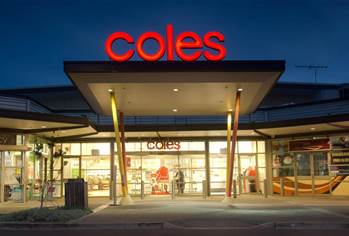The NSW Government has approved a further $14.8 million of funding for the state’s Opal transport card rollout to include use on light rail.

The state government awarded the contract for the Opal card and the underlying electronic ticketing system (ETC) to Cubic Transportation Systems in 2010 - a deal that would cost $1.2 billion over its 15 year life.
The system began rolling out in December last year, first across ferries on a select route, and has since been switched on in staged rollouts across a number of train, ferry and bus networks. The full rollout is set for completion in December 2014.
So far the state has spent $280 million on the project.
The government has since decided to include Sydney’s light rail network in the project, and approved further capital funding of $14.8 million until 2015.
More expensive than paper
But in a report to parliament tabled today, the state’s auditor-general revealed commuters who take up the Opal card will potentially end up paying more than they would with paper tickets.
While a “straight comparison of Opal card ticket prices with paper ticket prices is difficult because the details depend on individual travel patterns”, the card will only benefit those making single mode journeys and travelling off-peak.
Commuters who regularly change between different types of transport, as well as those who buy monthly, quarterly or yearly tickets, will end up forking out as much as 30 percent more for the Opal card privilege.
“The Opal card potentially benefits people making single mode journeys and may disadvantage people who regularly change between different types of transport as the Opal card charges people separate fares for individual train, bus and ferry trips,” the auditor-general found.
“The Opal card is generally more expensive when used across more than one mode of transport compared to the current MyMulti tickets.”
Commuters who buy weekly tickets and those who travel off-peak and on weekends will be better off using the Opal card, the report found.


.png&h=140&w=231&c=1&s=0)






.png&w=100&c=1&s=0)

 iTnews Benchmark Security Awards 2025
iTnews Benchmark Security Awards 2025
 Digital Leadership Day Federal
Digital Leadership Day Federal
 Government Cyber Security Showcase Federal
Government Cyber Security Showcase Federal
 Government Innovation Showcase Federal
Government Innovation Showcase Federal
 Digital NSW 2025 Showcase
Digital NSW 2025 Showcase












_(1).jpg&h=140&w=231&c=1&s=0)



